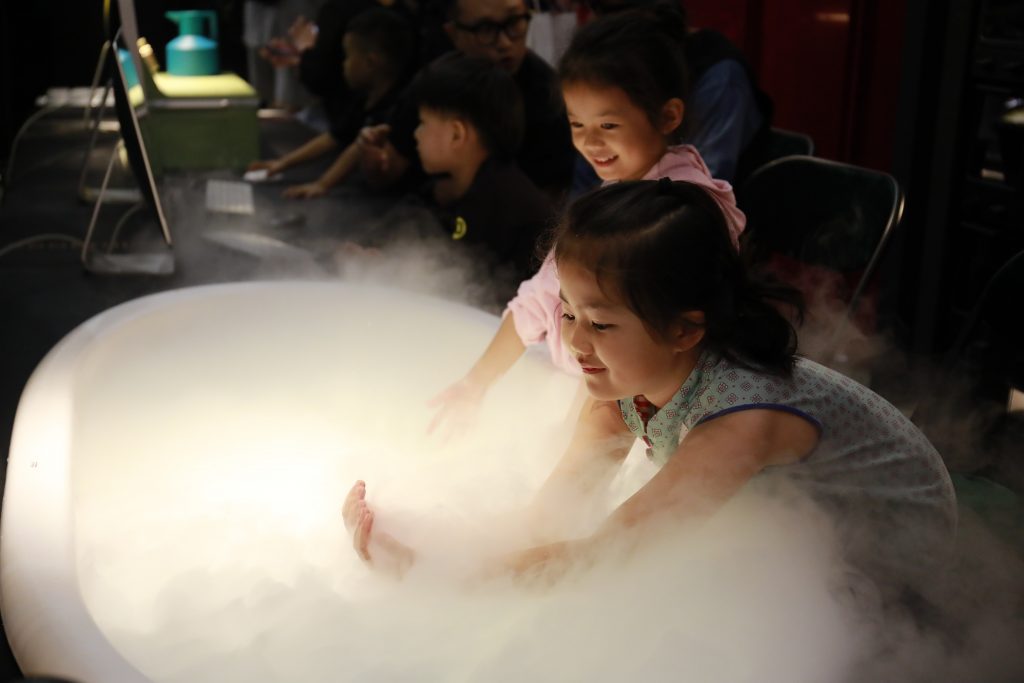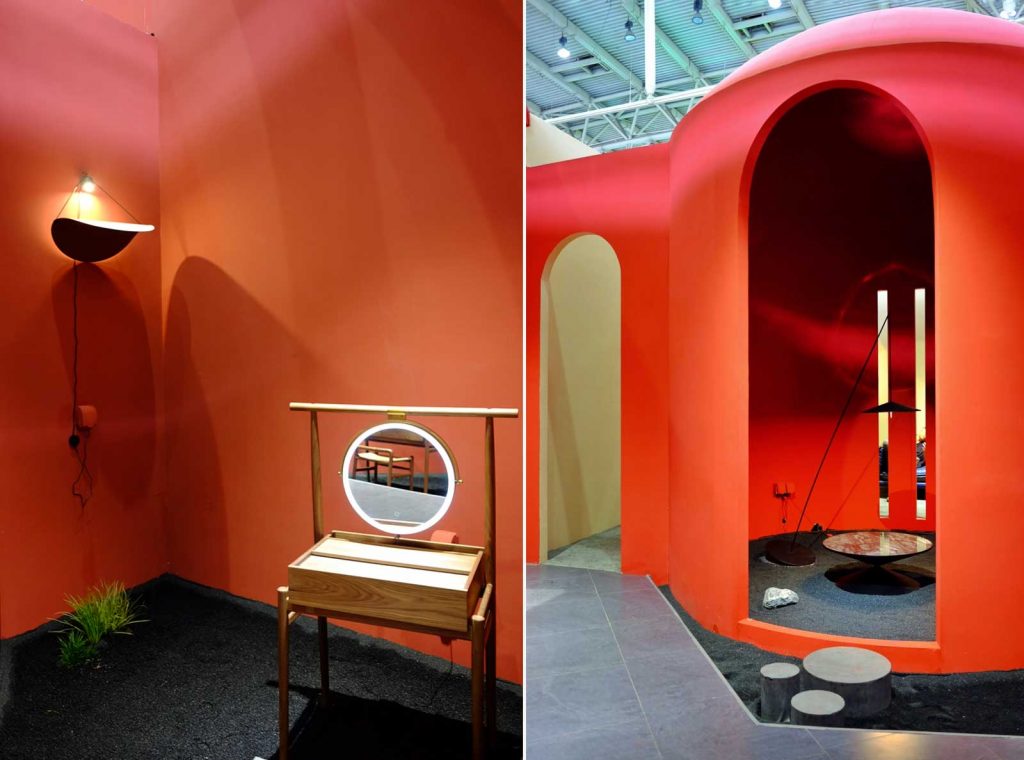Beijing Design Week 2019: Design China Beijing
Thoughtful, functional and innovative creations from the annual event

A decade since it began, Beijing Design Week remains the most prominent design event hosted in China. Kicking off earlier this month, the exhibition runs 5 September through 7 October and plays host to countless cultural and creative happenings. This year it has spread to the future interconnected mega-city of Jing-ji-ji (Beijing-Tianjin-Hebei) and beyond—even reaching the coastal city of Qingdao. The magnitude of the event—and the government support—have imposed a shift from design and lifestyle to urban planning and industrial innovation. For many years, endless demolitions and renovations have been changing the cityscape at unprecedented speed, in line with economic plans which boosted production and manufacturing. Now, a decade after the Beijing Olympics and the first edition of Design Week, the capital is meant to become an example of high-quality development, smart infrastructures, innovation and efficiency.
Beijing Design Week used to see old neighborhoods such as Dashilar or Baitasi revived by pop-up stores and events and relying on an active interplay between contemporary design, heritage and local urban communities. Yet grassroots initiatives and independent creative projects seem to be scarcer for this year’s edition. But for all design enthusiasts, the second edition of Design China Beijing, (hosted in the city 12 -17 September) fills the gap for anyone missing a venue for fine design.
Focused on sustainable design and craftsmanship, Design China Beijing brings an impressive showcase of iconic design brands and a selection of emerging Chinese designers, alongside forums and public talks. On top of that, Design China Beijing successfully interprets a shift of Chinese consumers toward a more mature aesthetic sensibility, toward the appreciation of a simple and refined design, the reconciliation with nature, and the values of craftsmanship and conviviality.
Among the broad showcase of international and local talent on show, we have selected a small group of emerging designers that stood out most.

Frank Chou Design Studio
Founded by and named for Frank Chou in 2012, Frank Chou Design Studio bears the reputation as one the most respected independent design studios in China. A rising star of the Chinese design scene, Chou received a special mention at the Salone Satellite Awards at Salone del Mobile in Milan. The brand’s contemporary inspiration goes beyond Chinese style and boundaries to meet the taste of global urban youth. Along with the celebrated Combo Sofa (a piece that combines cotton, leather and wool in a modular structure), Frank Chou Design Studio showcased the new Combo armchair, Rubato Coffee Table and Tune Lamp. Beside the slick combination of simplicity and high-level craftsmanship, Chou’s unique signature is a tasteful but emotional and even playful approach to design. By means of asymmetries, modularity, color and material juxtaposition, Chou successfully interprets Chinese youth’s demand for understated elegance.

Black Drama 嘿黑有馅
Beijing-based Black Drama (founded by Da Feng) explores the integration of contemporary art—in particular surrealistic elements—and practical design. The brand is also focused on playful exploration of the possibilities of life: a bathtub that can become a hotpot table or an ice bucket, or a mosaic shaped into a QR code (recycled after the exhibition as tabletops). Shifting perspectives, irony, curiosity and the idea of making design interplay with emotions seem to be at the core of Black Drama’s slogan “The Gift for a Boring World.” While Chinese design is becoming more mature and moving into the mainstream, Black Drama’s lighter, relaxed and artful approach results in whimsical and imaginative twists.

12 Hours (十二时慢
Independent Shanghai-based furniture brand, 12 Hours takes its name from the traditional Chinese measurement of a day by 12 “Chinese hours”—an ancestor’s reminder about a slow life of living mindfully. The brand offers a good example of the current “Neo-Ming” style that blends the tradition of impeccable craftsmanship, contemporary aesthetics and technology. For example, their Mulan Chair combines human design with computer calculations, resulting in a piece where no surface plane is flat and no single line is purely straight. The chair’s shape seems different, depending on the angle from which it’s viewed, and echoes the invisible complexity behind the simple beauty of the natural world. The Fisherman Floor Lamp (and other fixtures by the brand) also rely on simplicity, and a balance of forces and shadows hint quite explicitly at the Taoist tradition of Yin and Yang.

Yemu 1978 (野木1978)
Hangzhou-based studio, and father/daughter duo, Yemu 1978 focuses on wood almost exclusively—including through research and the promotion of sustainability. Minimal lines are combined with hardwood, and all the timber’s scars, cracks, and knots are visible to honor the tree’s life. The beauty of wood’s “imperfections” has been widely celebrated through Chinese culture; teahouses and countryside hideaways often display polished tree roots turned into decoration items, and these pieces have become icons of a laid-back, nature-friendly countryside life. Yemu 1978’s pieces bring some of that alternative life into sophisticated pieces for city homes.
Images courtesy of Design China Beijing












